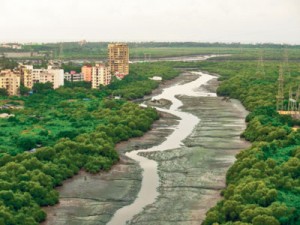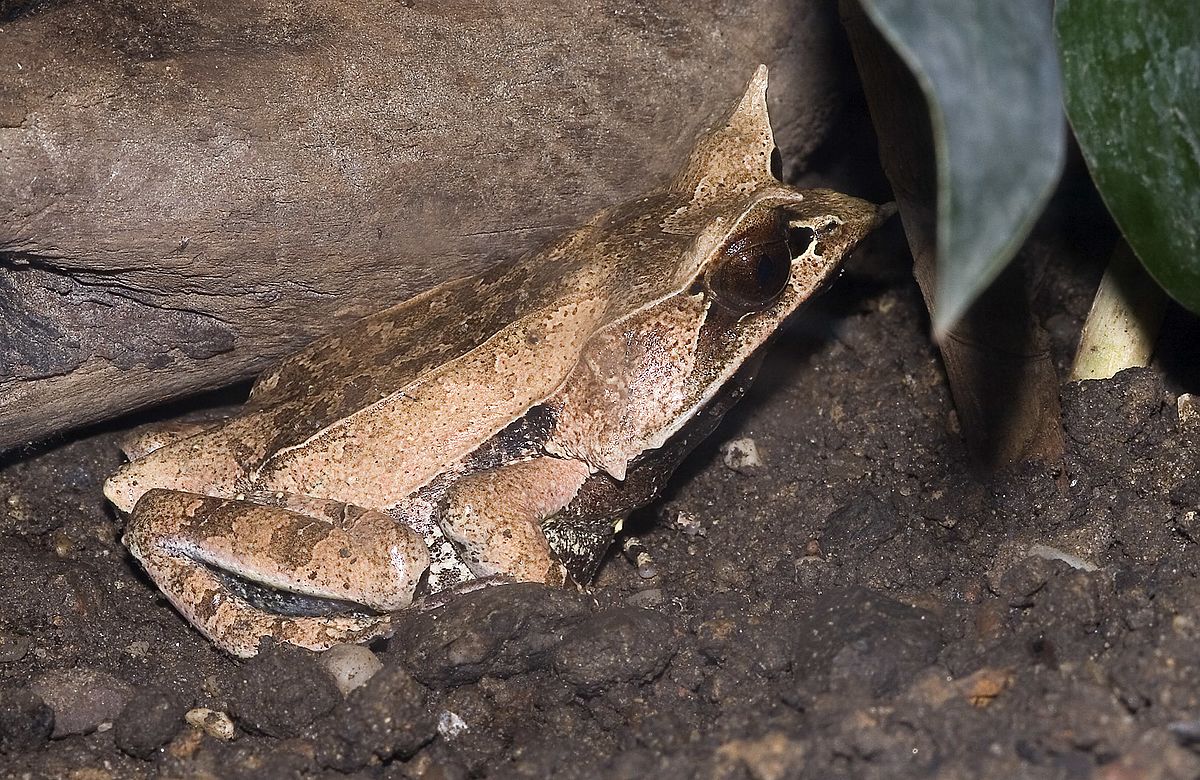 The Bombay High Court made a monumental decision in 2005 that led to the strict protection of the mangrove forests lining the city coasts. The decision came after the tragic Tsunami that struck the eastern Indian coasts and when it was found that the areas which had mangrove forests were saved from the disastrous high waves. These areas also recovered faster after the aftermath. Worldwide mangroves are fast depleting but because of the conservation order, Mumbai and its neighboring areas now boast of more than 5,800 hectares of mangrove land which is protected and will protect the city in future.
The Bombay High Court made a monumental decision in 2005 that led to the strict protection of the mangrove forests lining the city coasts. The decision came after the tragic Tsunami that struck the eastern Indian coasts and when it was found that the areas which had mangrove forests were saved from the disastrous high waves. These areas also recovered faster after the aftermath. Worldwide mangroves are fast depleting but because of the conservation order, Mumbai and its neighboring areas now boast of more than 5,800 hectares of mangrove land which is protected and will protect the city in future.
Roots of the Water World
Mangrove forests have a unique character of floating foliage and roots. The forests also provide nesting and breeding grounds for many aquatic animals such as the olive ridley turtles, an endangered species. They become nurseries for fishes and amphibians as well. Many kinds of birds find home among these water bushes and in the eastern Sundarbans the forests are home to the Royal Bengal Tiger.
Furthermore, the roots of mangroves prevent silting from entering the sea, which would otherwise damage corals. These forests are also known to reduce pollution levels, as they absorb various elements, including heavy metals.
For the human world, mangroves form a very important barrier against storms and high tides, saving the coasts. It is actually more prudent to have mangroves as a square kilometre of coastal ecosystem such as mangroves forests can store up to five times more carbon than the equivalent area of mature tropical forests. But these areas are being destroyed three to four times faster than forests, releasing substantial amounts of carbon dioxide into the atmosphere and the ocean, and contributing to climate change.
The Mumbai Mangroves
The 5800 hectares of mangrove land around Mumbai has already ensured more than 2,500 hectares of open green space in the city and its suburbs. If the forests would not have been protected realty sector would have easily gobbled up the reclaimed land and build apartments with the weakest foundations vulnerable to tsunamis and sea storms.
 Healthy mangrove forests can be valued anywhere between $2000-9000 per hectare and the city has already saved $ 52 million annually. As carbon sinks the mangroves are invaluable.
Healthy mangrove forests can be valued anywhere between $2000-9000 per hectare and the city has already saved $ 52 million annually. As carbon sinks the mangroves are invaluable.
According to Debi Goenka of the Bombay Environmental Action Group (BEAG) that played an instrumental role in protecting urban mangroves,
“To a large extent, land-grabbing in mangrove areas by unscrupulous builders in the city has stopped. This was the biggest threat to mangroves in urban areas. Earlier, though mangroves were under the purview of the Coastal Regulation Zone, the authorities were hardly bothered about protecting them. But the tag of forests has made it difficult for developers to obtain permission.”
Now the Maharashtra government plans to expand the forest land. More than 26,000 hectares of coastal land throughout the state has been identified for a similar status of protection. Through extensive satellite imagery, these forests were identified and special mangrove ‘cells’ were set up to oversee the protection of these forests.
This is one success story that will prove to be an ecological and an economical boon for years to come.
Related Stories:
Overharvesting Killing Life saving Plants
Researchers Discover a New Plant Species in Kerala
Karnataka Launches Major Afforestation Schemes
Reference: Tirplepundit






Good Read … Its sad to see that natural mangroves along side the railways from Mumbra to Kopar station are being systematically destroyed. The process started in Jan 2011 where some land was dug up first at some distance from the railway line . Then in May all the water dried up from that point onwards . In the rains , this was easily camouflaged as the dried land was naturally covered in grass. in 2012, we can see people marking out farming plots . Soon there will be residential buildings … In a few years most of the mangrove land will be permanently destroyed and so will our natural ecosystem ..
How can we get a official agency to look into this before its too late ?
Thank you Kunal for pointing to this destruction of mangroves taking place in Mumbai. Your observations are correct and it does seem that without an official ban, the mangroves will be systematically removed and land used for illegal farming and construction. Mumbai’s mangroves are protected by both the Coastal Regulation Zone notification and the Indian Forest Act, therefore you can notify the forest department and the coastal department. You can also take the help of Bombay Natural History Society (BNHS) in informing the conserned authorities. Your vigilance can indeed help and we do hope that the mangroves are saved from further destruction.